Katherine Van Ness will be leveraging computational modeling techniques to develop model simulations of laboratory-scale blade pitch control experiments.
Water Power Technologies Office
June 30, 2021For the 2021 cohort of Oak Ridge Institute for Science and Education (ORISE) Marine and Hydrokinetic (MHK) Graduate Student Research Program Fellows, every day is an opportunity to seek scientific solutions among the waves. Katherine Van Ness will be leveraging computational modeling techniques to develop model simulations of laboratory-scale blade pitch control experiments. Learn more about Katherine's research topic and vision for an equitable energy future in the interview summary below.
How did you hear about the ORISE fellowship program?
The University of Washington is part of the Pacific Marine Energy Center (PMEC). I heard about the ORISE fellowship program through PMEC leadership and from last year’s fellows.
How did you get interested in doing work in the marine and hydrokinetic industry?
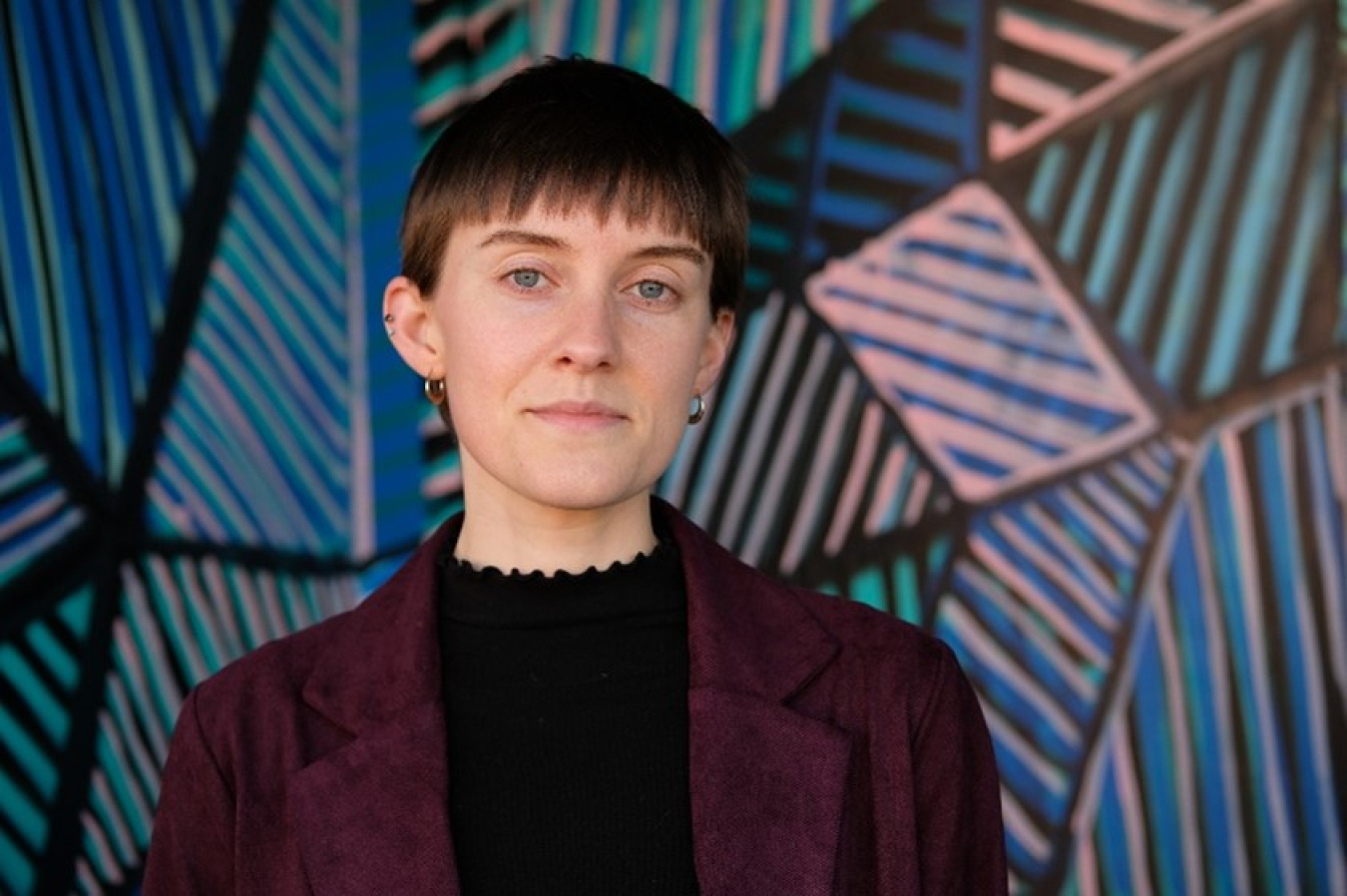
Katherine's research opens the door for researchers to advance marine current technology and bring renewable energy to new places. Photo Courtesy of Katherine Van Ness.
I never had experience working in marine energy before the start of my Ph.D. in 2016. I’m grateful for the variety of research experiences I had as an undergraduate and still see ways that it’s influenced the development of my research. Once I recognized marine energy was at the intersection of my interests in fluid dynamics and renewable energy, it seemed like the right direction for me during my graduate studies.
What is your proposed research topic and why did you select it for this fellowship?
The seed for this proposed work was planted when my fellowship mentor, Dr. Robynne Murray, a researcher at the National Renewable Energy Laboratory, and I met at the 2019 European Wave and Tidal Energy Conference. At the time, I was struggling to perfect our blade fabrication process of small-scale composite turbine blades, and since Robynne had research experience with composite blades, she had some great suggestions for me. As our professional relationship developed, we realized that we had an incredible research opportunity between the experimental facilities at the University of Washington (UW) and the expertise in state-of-the-art software development of wind and water power engineering tools at the National Renewable Energy Laboratory.
Our proposed work is to develop model simulations of our lab-scale blade pitch control experiments conducted UW. Verifying this model with experimental results will open the door to study work beyond what we can currently do experimentally at UW and provide other turbine technology developers with a starting point for modeling their own devices and control schemes.
What does a typical day at work/school look like for you?
My work as a graduate student varies a lot, which I love. Some days I might be in the composite shop fabricating blades or testing new blades in the recirculating flume on campus. Other days, I’m just debugging data acquisition code, troubleshooting a finicky sensor, or making mistakes and fixing them. It’s all part of the research process. Communicating is another typical part of the process, whether it’s presenting a new method or result to my peers for feedback or seeking expertise from staff and faculty or spending months putting together a publication after a successful round of experiments.
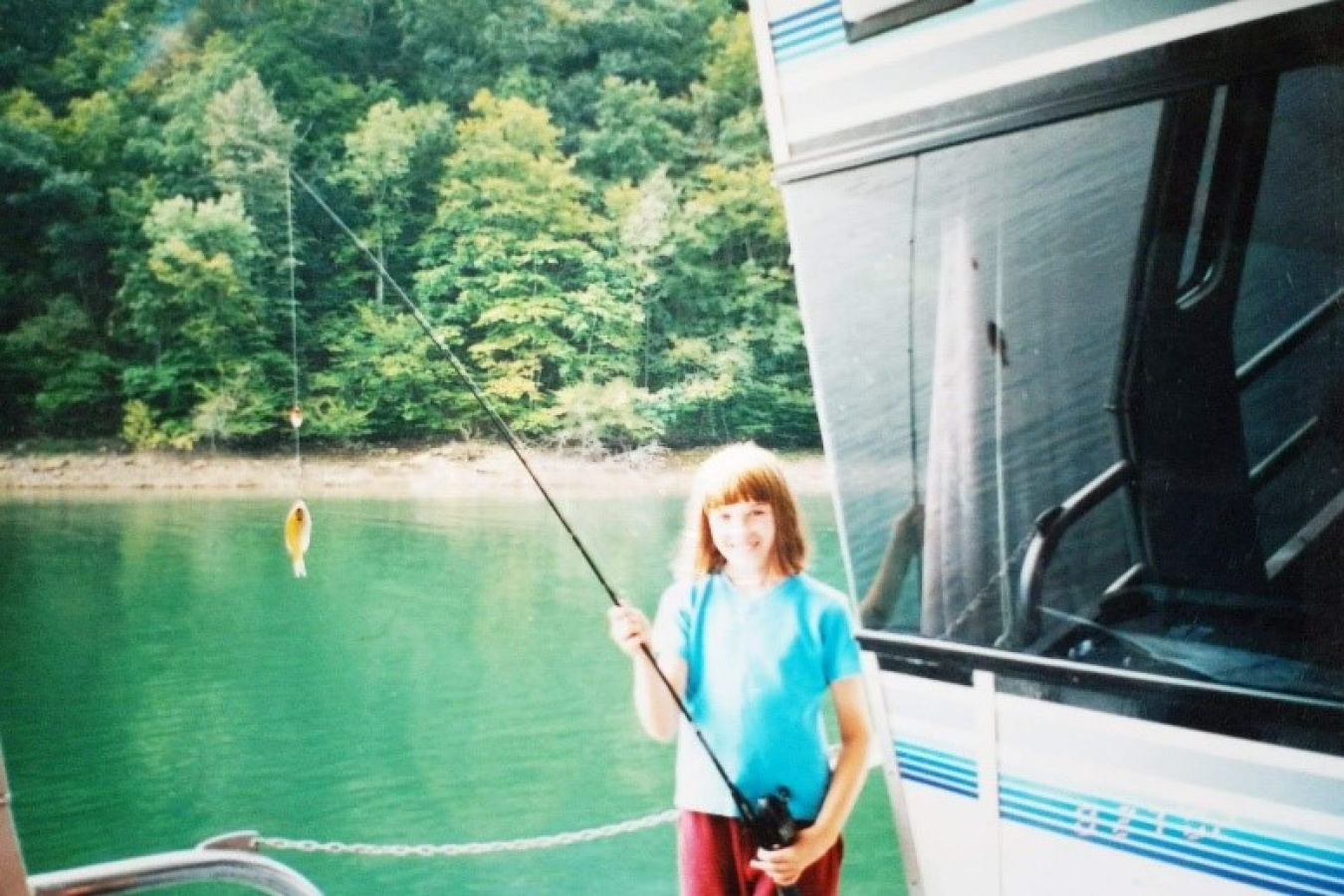
Katherine credits a variety of childhood experiences, research opportunities, collaborations, professional relationships, mentors, and friends for preparing her for this opportunity. Photo Courtesy of Katherine Van Ness.
Any advice for current college science/engineering students?
My first piece of advice – try something new. Science and engineering intersect with so many aspects of life, and you won’t always come across the application that you’re most passionate about in the classroom. My second piece of advice is to nurture your interests in and out of STEM. You are so much more than an engineering student or a science student, and feeding (or finding) the other parts of you that make you “you” will support your personal and professional goals. And my third piece of advice – find your fans, your biggest supporters! We all need friends and mentors alongside us to succeed. I would never have made it here without mine.
What is your biggest dream for the future of clean energy in America?
My dream for the future of clean energy in America is that it will be redistributed to the people that need it most, bringing resources and opportunity with it.
Learn about the other graduate students selected for the 2021 ORISE fellowship program.
-
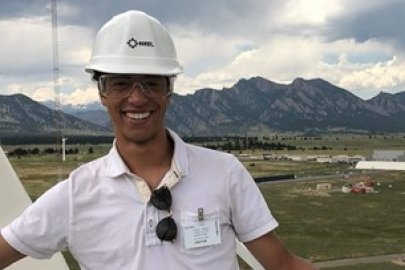 Trent Dillon, a Ph.D. student at the University of Washington in Seattle, will explore location-specific options and opportunities for the Makah Tribe in Neah Bay, Washington, to harness wave energy.
Trent Dillon, a Ph.D. student at the University of Washington in Seattle, will explore location-specific options and opportunities for the Makah Tribe in Neah Bay, Washington, to harness wave energy. -
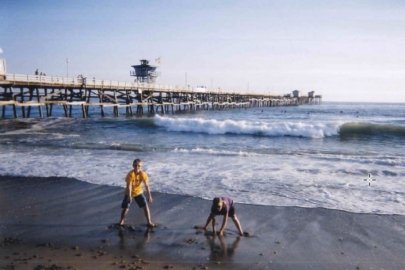 Michael Kelly, a Ph.D. student at the University of California, Berkeley, will assess how flexible-inflatable wave energy converters perform relative to their rigid counterparts when coupled with traditional, high-efficiency power take-off systems.
Michael Kelly, a Ph.D. student at the University of California, Berkeley, will assess how flexible-inflatable wave energy converters perform relative to their rigid counterparts when coupled with traditional, high-efficiency power take-off systems. -
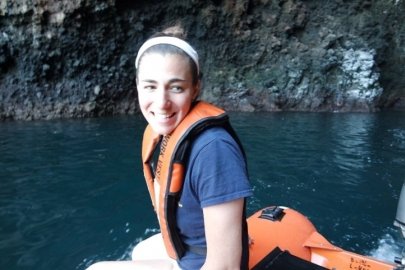 While working on master's and doctoral degrees at Oregon State University, Ali Trueworthy will develop a user-centered design methodology for high-performance wave energy devices during her fellowship.
While working on master's and doctoral degrees at Oregon State University, Ali Trueworthy will develop a user-centered design methodology for high-performance wave energy devices during her fellowship. -
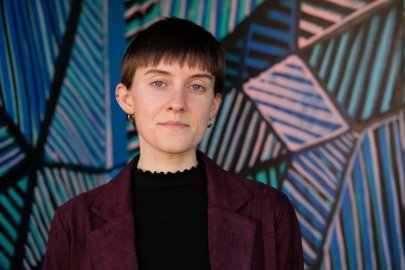 Katherine Van Ness will be leveraging computational modeling techniques to develop model simulations of laboratory-scale blade pitch control experiments.
Katherine Van Ness will be leveraging computational modeling techniques to develop model simulations of laboratory-scale blade pitch control experiments.

